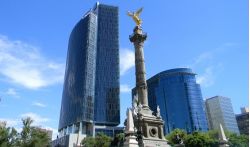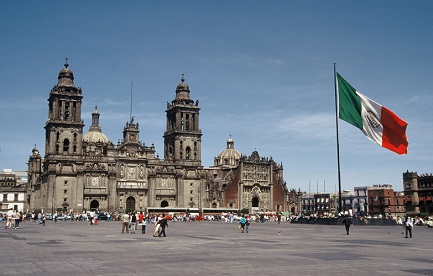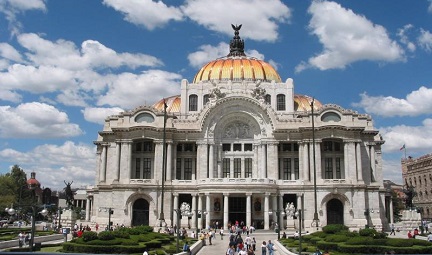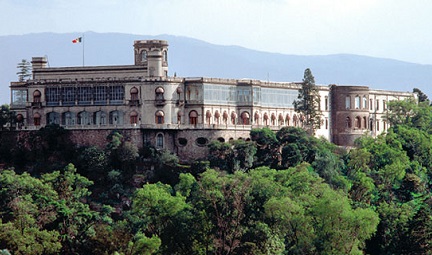Mexico City


Mexico City is a fascinating capital that beguiles its visitors with endless options. One of the largest metropolitan areas in the world, with 16 boroughs and more than 300 neighborhoods, it might seem a bit overwhelming to the first-time visitor, though it doesn’t have to be. Many of the most visited tourist attractions in Mexico City are concentrated in the historic center, including the Plaza de la Constitucion or Zocalo, the National Palace, Metropolitan Cathedral, Templo Mayor, Palace of Fine Arts and Alameda Park. A few blocks north of the Palace of Fine Arts, Plaza Garibaldi is one of the best places in Mexico City to hear live mariachi music.

Located west of the historic center, the Plaza de la Republica is home to the newly refurbished Revolution Monument and National Museum. Chapultepec Park, the largest in Mexico City, is divided into three sections and home to several of capital’s top tourist attractions, including Chapultepec Castle, the Modern Art Museum and the National Museum of Anthropology. Keep in mind that, with a few exceptions, most museums and archaeological sites in Mexico City are closed on Mondays.

You’ll also want to explore the neighborhoods of Zona Rosa, Roma, Condesa, Coyoacan and San Angel. Home to lovely parks, plazas, shops, markets, cafes and some of the top tourist attractions in Mexico City, these artsy neighborhoods are especially popular among visitors to the city and foreign residents. Nearby, in the trendy posh neighborhood of Polanco you’ll find some of Mexico City’s top nightspots and chic restaurants.
Further south, the University City campus of Mexico’s National Autonomous University is known for its modern architecture and impressive murals that are the work of some of Mexico’s top artists. The University Cultural Center hosts a variety of events and performances.
Once the ancient Aztec city of Tenochtitlan, Mexico City was originally constructed in the Valley of Mexico over the ancient Lake Texcoco. The Aztecs built an intricate network of canals to navigate the city. After the arrival of the Spanish in 1519, most of the Aztec structures and canals were destroyed and replaced with modern roads and buildings.
History buffs will find the best remaining examples of ancient Aztec city planning in the southern Xochimilco borough of Mexico City and north of the city at the Teotihuacán archaeological site. In Xochimilco you can hire a colorful trajinera (wooden boat) to tour the canals and gardens.
Plan a day trip to the ancient Aztec pyramids at Teotihuacán, located 50 km (31 miles) northeast of the city.
Source: http://visitmexico.com.mx/en/mexico-city

Like the Slavs who cook Easter Kuliches once a year, the Mexicans have a special bread dedicated to one of the most ancient and most respected holidays – the Day of the Dead. It is called "bread of the dead" (“Pan de muerto” in Spanish), and you can try it throughout October and on the first week of November.

Every day, the first rays of the sun rising above the Old Havana, lit up the golden domes of the Orthodox temple – the first in Cuba and the Caribbean, which was erected in honor of Our Lady of Kazan. The church, built on the shore of Havana Bay, looks very harmonious on background of the historical part of the capital architecture.















